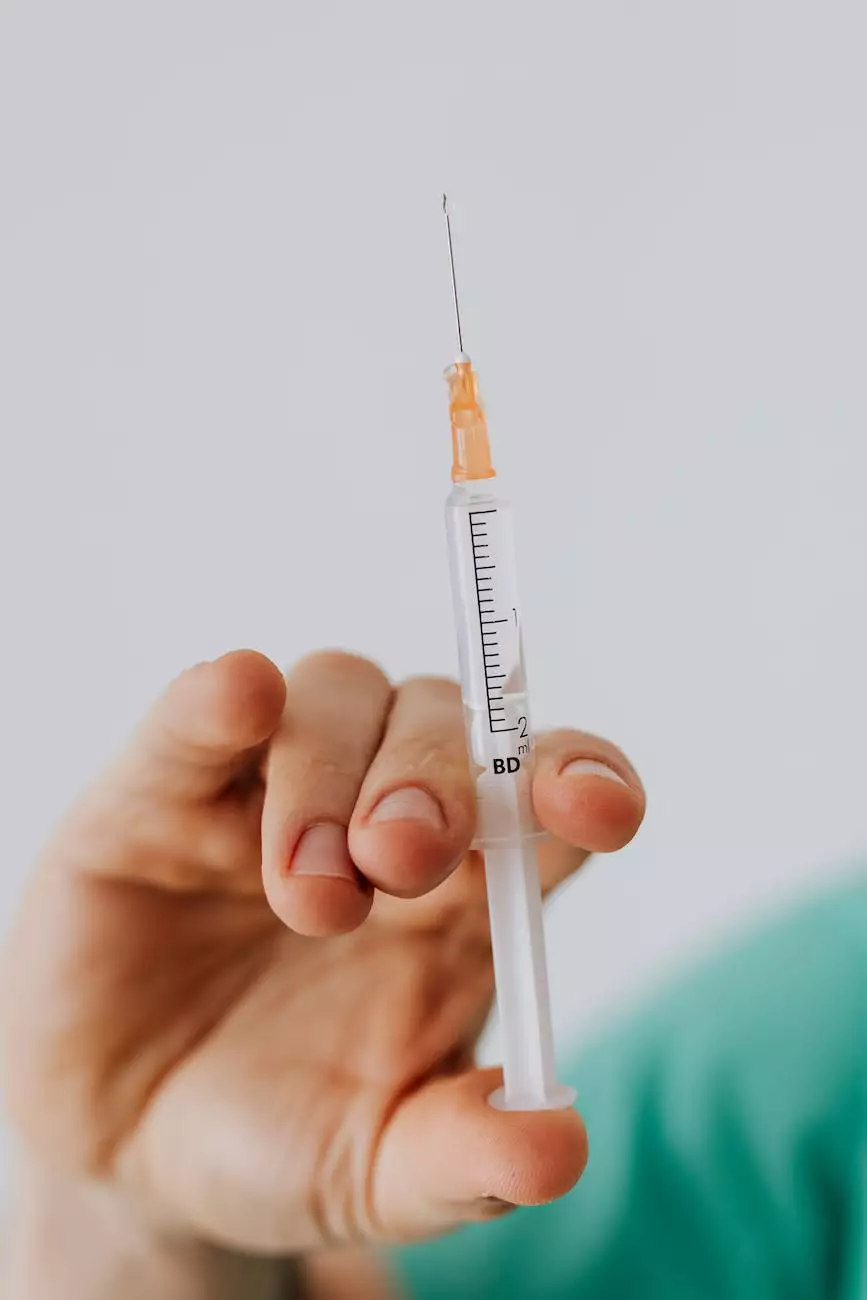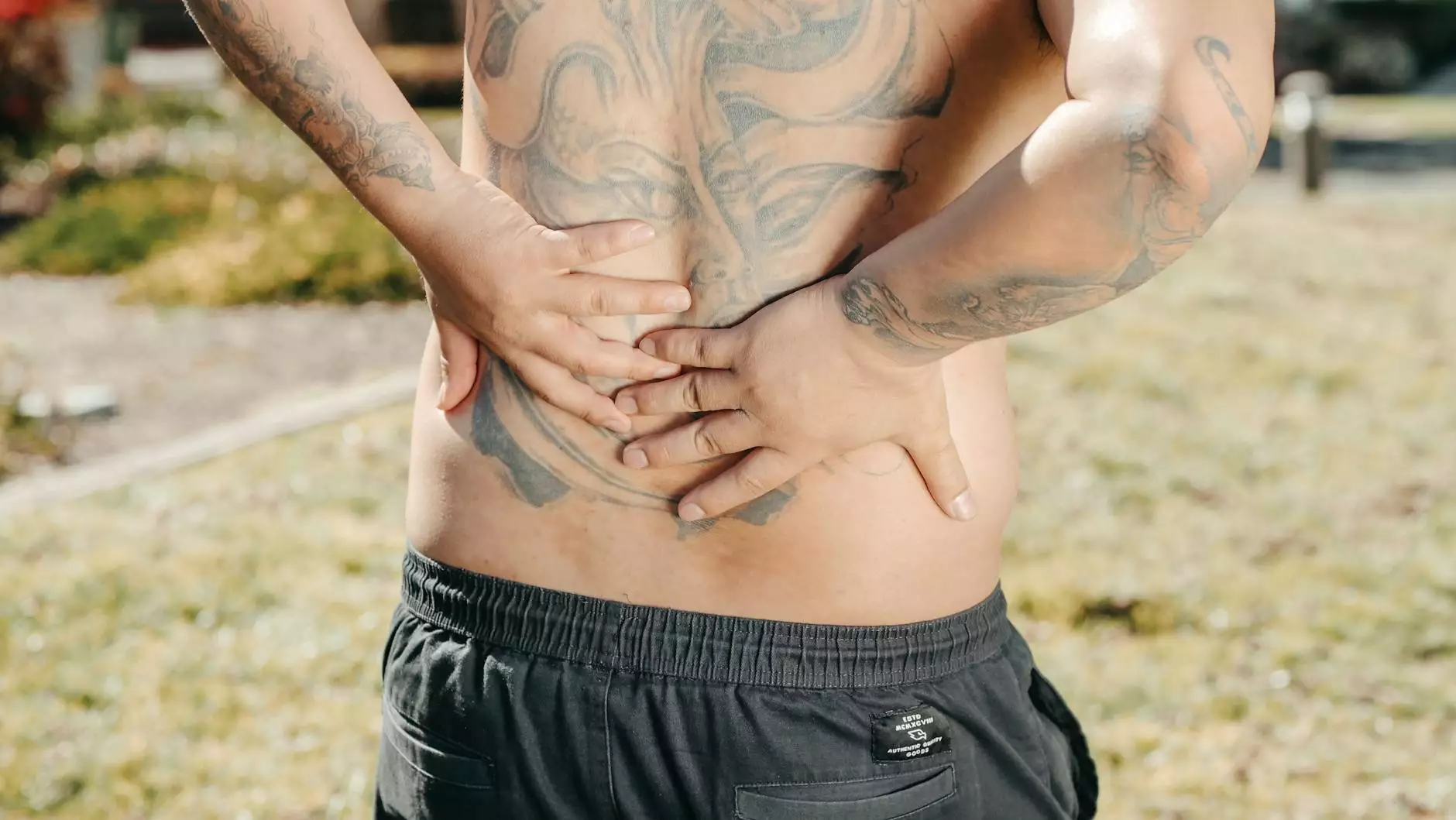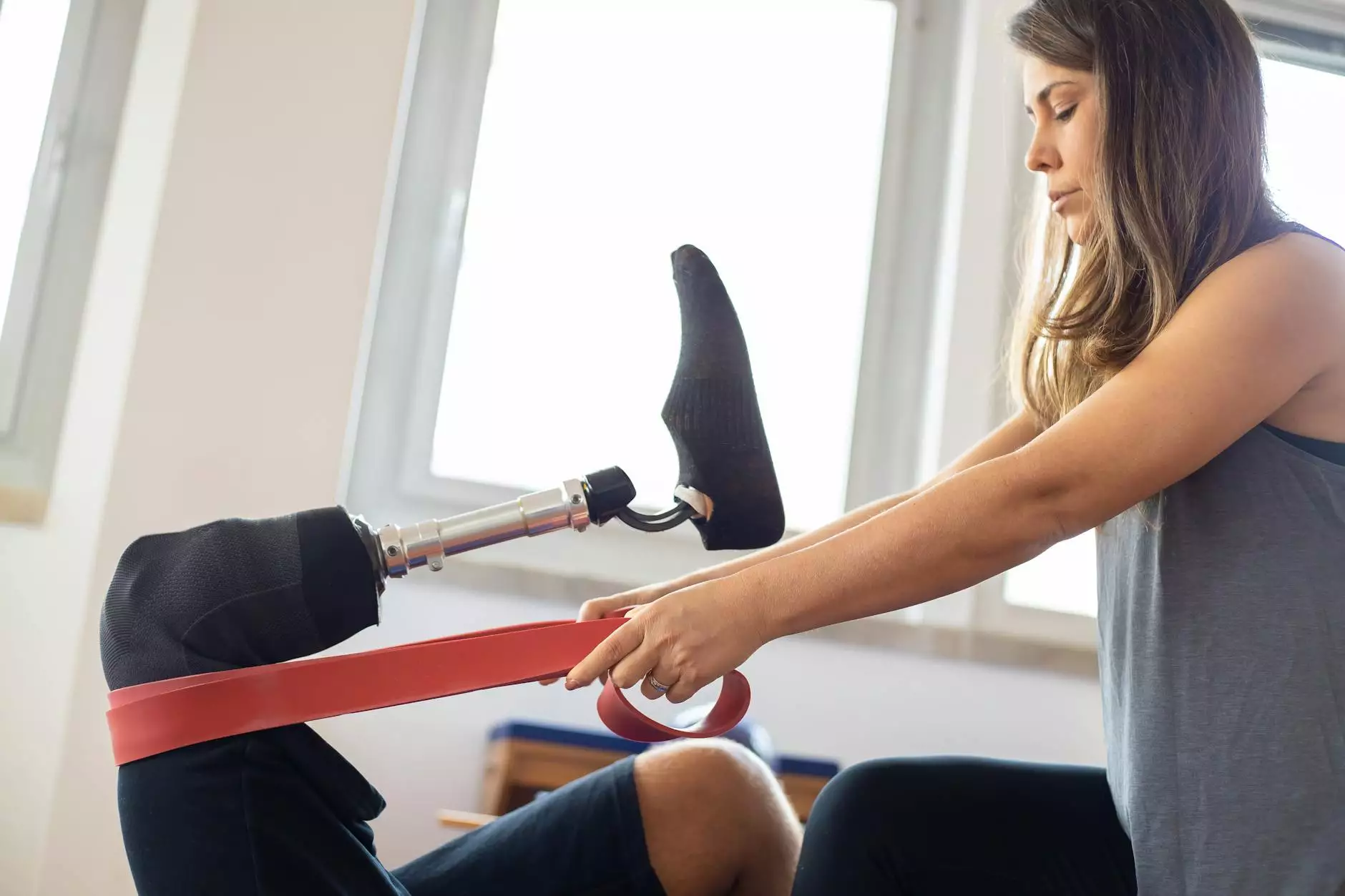An Update About An Old Problem: Bursitis

Introduction
Bursitis is a condition that affects the small, fluid-filled sacs known as bursae. These sacs are located throughout the body, including the knee joint. Bursitis occurs when these sacs become inflamed and cause pain, swelling, and discomfort. It is a common problem, especially among athletes, but can also affect individuals who perform repetitive movements or have underlying medical conditions.
Understanding Bursitis
Bursitis in the knee typically occurs due to repetitive motions or excessive pressure on the joint. The bursae act as cushions, reducing friction between bones, tendons, and muscles, but when they become irritated or inflamed, they can no longer perform their protective function effectively.
Common causes of bursitis include:
- Overuse or repetitive movements
- Trauma or injury to the knee joint
- Bacterial infection
- Medical conditions such as rheumatoid arthritis or gout
Signs and Symptoms
The symptoms of bursitis can vary depending on the severity of the condition. Common signs and symptoms include:
- Pain and tenderness around the affected area
- Swelling and redness
- Difficulty moving or bending the knee
- Warmth or fever, which may indicate an infection
Diagnosis and Treatment
If you suspect you have bursitis, it is important to consult a medical professional who can provide an accurate diagnosis. They may perform a physical examination, review your medical history, and order additional tests, such as X-rays or MRI scans, to rule out other possible causes of your symptoms.
Treatment options for bursitis typically involve a combination of self-care measures and medical interventions, including:
- Resting and avoiding activities that worsen the symptoms
- Applying ice packs to reduce swelling and pain
- Taking over-the-counter pain relievers
- Physical therapy exercises to strengthen the muscles around the knee
- Injection of corticosteroids to reduce inflammation
- In some cases, surgical removal of the affected bursa may be necessary
Prevention and Lifestyle Changes
While it may not always be possible to prevent bursitis, there are steps you can take to reduce your risk. These include:
- Avoiding repetitive motions and overuse of the knee joint
- Wearing proper protective gear during physical activities or sports
- Maintaining a healthy weight to reduce the strain on your knees
- Using ergonomic equipment or modifying your workspace to minimize repetitive strain
It's essential to listen to your body and seek medical attention if you experience any symptoms of bursitis. Early diagnosis and treatment can help prevent further complications and allow for a quicker recovery.
Conclusion
Body Fusion provides comprehensive information and treatment options for bursitis, a common problem affecting the knee. We understand the impact this condition can have on your daily life and strive to offer effective solutions to alleviate pain and promote healing. If you are suffering from bursitis or any other musculoskeletal condition, don't hesitate to contact our expert team for personalized care and guidance.









